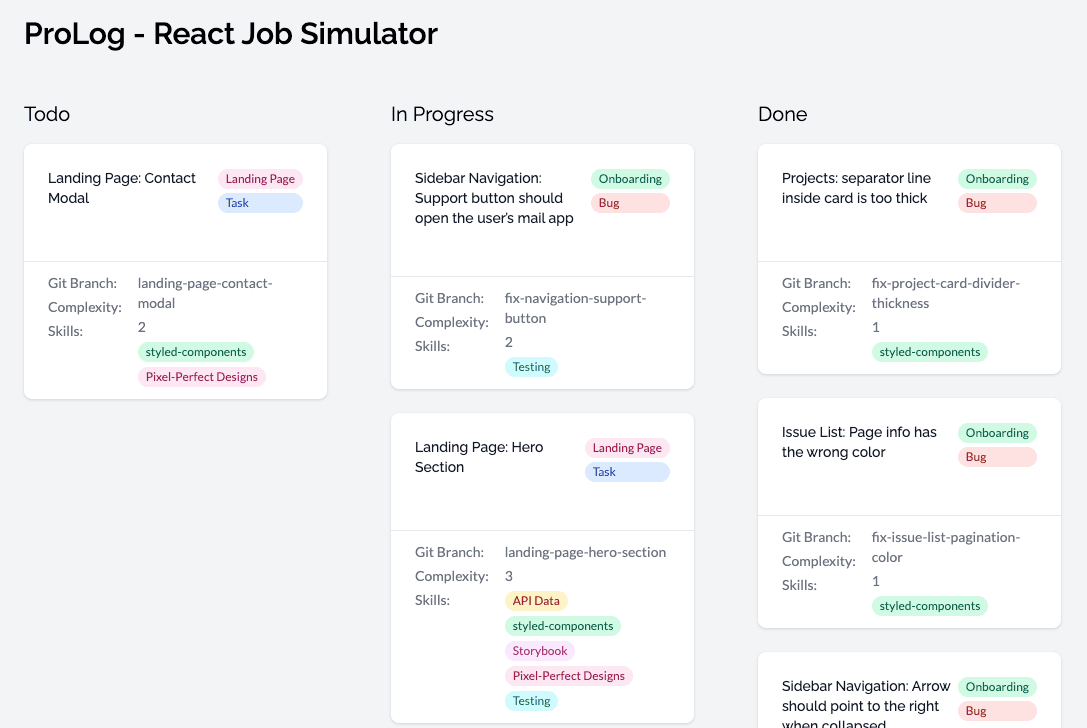Junior's Construction Inc
Junior's Construction Inc is a commercial and residential construction company based in Los Angeles, California. I'm collaborating with the company for feature requirements and updates.
Tech Stack:
Sass and CSS modules
Sass combined with CSS modules is used instead of regular CSS. CSS modules help prevent class name collisions and unintended side effects by scoping CSS at the component level.
Gatsby
Gatsby, a reactive site generator based on React and GraphQL, helps the site load quickly to enhance a user's experience. The site leverages helpful Gatsby plugins such as SEO, image optimization for performance, and CMS support for Contentful.
GraphQl
GraphQL is a the query language that Gatsby uses as their data layer. On this website, the main projects page queries for all project images from Contentful. Then, upon user selection, each project page queries for images that pertain to that project. Queries are performed for the site's blog and services pages as well.
Contentful
A requirement is that the administrator can add blog posts and projects with their respective images using a system(CMS). I chose a headless Contentful CMS because it integrates seamlessly with Gatsby's GraphQL data layer.















